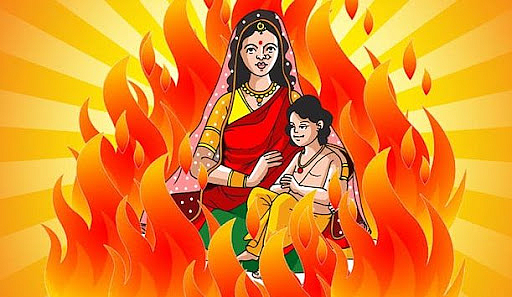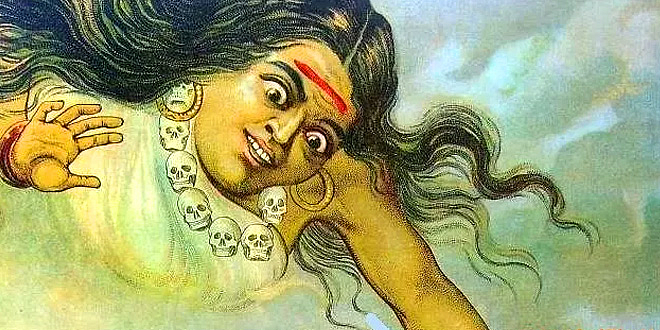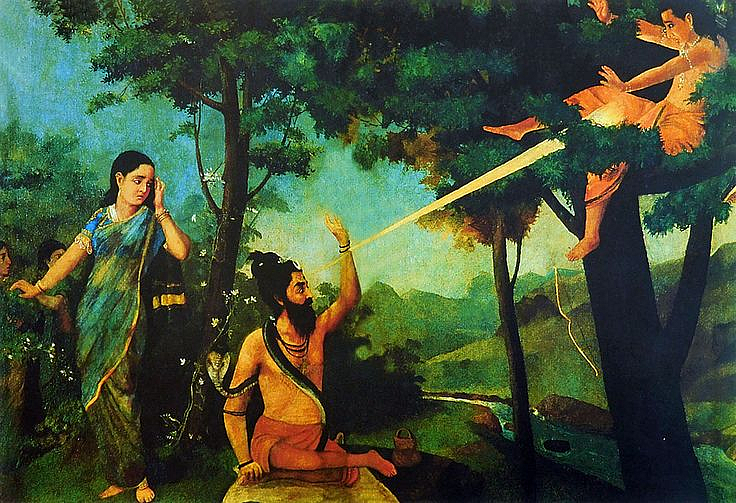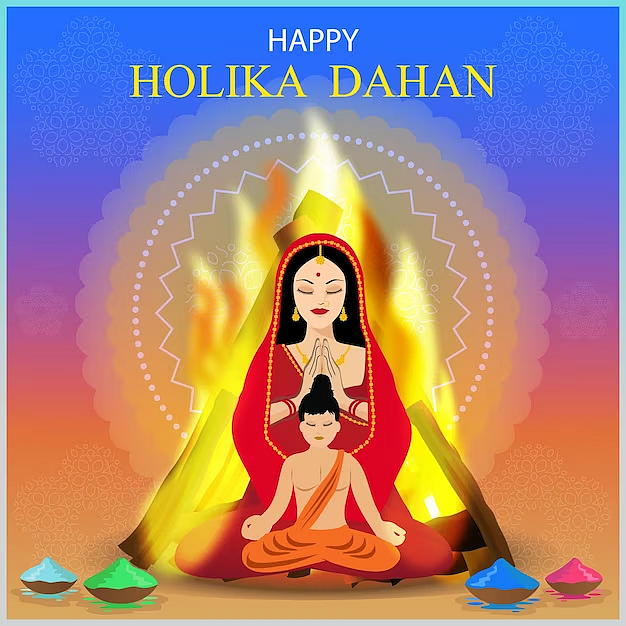Holika Dahan also known as Choti Holi, is a significant ritual of Holi, symbolizes the triumph of good over evil. The festival, which falls on the eve of Holi, is celebrated with great fervor across India. A large pyre is lit, signifying the burning of the demoness Holika, and marking the victory of righteousness. While the story of Holika and Prahlad is the most well-known legend, multiple mythological tales are associated with this grand festival.
The legends of Holika Dahan
The Story of Holika and Prahlad

According to mythology, the most prominent legend of Holika Dahan revolves around Prahlad, a devout follower of Lord Vishnu, and his father, King Hiranyakashipu. Hiranyakashipu was a powerful demon king who sought immortality and desired to be worshipped as a god. However, his son, Prahlad, remained devoted to Lord Vishnu, defying his father라이브 바카라 commands.
In his frustration, Hiranyakashipu attempted several ways to kill Prahlad but failed each time due to divine intervention. Finally, he sought the help of his sister Holika, who possessed a magical cloak that made her immune to fire. The plan was for Holika to sit in a blazing pyre with Prahlad on her lap, ensuring his demise while she remained unharmed.
However, due to divine justice, the plan backfired. The protective cloak flew off Holika and covered Prahlad instead. As a result, Holika was burned to ashes while Prahlad emerged unscathed. This event signifies the triumph of faith and righteousness over arrogance and evil, forming the basis of Holika Dahan celebrations.
The Legend of Dhundhi

Another lesser-known legend associated with Holika Dahan is the story of Dhundhi, a female demon (rakshasi) who troubled children in the kingdom of Prithu. Dhundhi was cursed by Lord Shiva, which made her vulnerable to the mischief of children. Taking advantage of this, on the day of Holi, children chased her away by shouting and playing pranks, leading to the tradition of fun and frolic associated with Holi celebrations today.
The Legends of Kamadeva

In some regions of India, particularly in the South, the legend of Kamadeva, the god of love, is associated with Holika Dahan. According to this legend, Kamadeva attempted to disrupt Lord Shiva's meditation by shooting him with a love arrow. Angered, Shiva opened his third eye and burned Kamadeva to ashes. This event is believed to have occurred on the day of Holika Dahan, and thus, Kamadeva is mourned and worshipped on this day for his sacrifice.
Holika Dahan: Celebrating the Triumph of Good, Faith, and Renewal
Holika Dahan's narratives, despite their variations, consistently highlight the triumph of good over evil through Holika's burning (or other symbolic destructions), representing the annihilation of negativity and arrogance. Prahlada's unwavering devotion underscores the power of faith, while the fire itself acts as a purifier, symbolizing cleansing and renewal. Furthermore, the communal aspects of the celebrations, like chasing away Dhundhi, emphasize the importance of unity. Finally, the story of Kama Deva illustrates the cyclical nature of life, highlighting the potential for renewal even within destruction.
Holika Dahan's Timeless Lessons for Modern Life
Holika Dahan, a significant cultural and religious event observed by Hindu communities globally, transcends its literal legends to offer profound contemporary lessons. The burning of Holika symbolizes the destruction of inner demons like greed, anger, envy, and ego, encouraging the embrace of positive qualities such as compassion, forgiveness, and empathy. The festival instils hope and renewal, reminding us of the ultimate triumph of good over evil, while the communal celebration fosters harmony and unity by bringing people together to share values and traditions.
Holika Dahan is more than just a religious festival; it is a reflection of Hindu philosophy, teaching that good always prevails over evil. The stories associated with it remind us of the importance of faith, devotion, and the eventual triumph of truth. As families gather around bonfires, chanting prayers and offering grains, the essence of Holika Dahan continues to inspire generations.
Let us celebrate Holi with colors of love, joy, and righteousness, remembering the legends that make this festival so profound.
Follow 바카라 Experiences:
| | |















